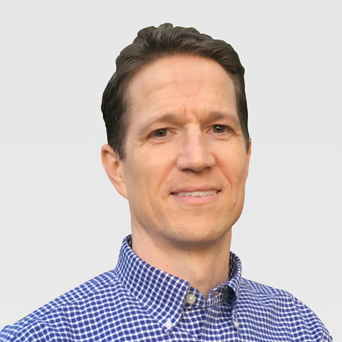
Andrew Henderson
Senior Environmental Engineer
As the song says, ‘you never miss your water ’til your well runs dry.’ I believe that most individuals and organizations generally appreciate that the environment is important but also find it complex, sometimes abstract, and easy to take for granted. I work with clients to promote understanding about how people depend on and affect the environment and to develop practical, affordable solutions that improve the environment now and over the longer term.
Dr. Andrew Henderson is a forward-thinking environmental engineer with more than 10 years of experience in systems thinking, cross-disciplinary work, groundwater remediation, fate and transport modeling, and application of life cycle assessment (LCA) to large systems. Before joining ERG, he worked in both academia (the University of Texas School of Public Health) and government (the U.S. Environmental Protection Agency’s National Risk Management Research Laboratory). Andrew’s clients have ranged from U.S. agricultural groups to the U.S. Department of Defense to international commodities associations. For the UN Environment Programme’s Life Cycle Initiative, he co-chaired the Acidification/Eutrophication Task Force and served on the Cross-Cutting Issues Task Force. Trained as a geochemist, Andrew employs modeling and other analyses to assess and improve groundwater treatment systems, such as permeable reactive barriers. He applies this fundamental knowledge to larger systems, as well, by bringing multimedia fate and transport data into LCA, applying ecosystem service models in novel settings, and developing global models for sector-based occupational health.
Andrew holds a B.A. in physics from Williams College and an M.S. and Ph.D. in environmental and water resources engineering (from the University of Texas and the University of Michigan, respectively). When not reading about or modeling the environment, Andrew likes to be outside with family and friends in a wide range of environments—from enjoying their backyard to hiking in state parks.